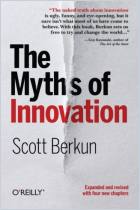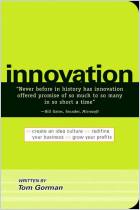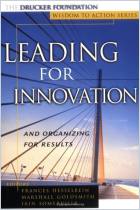
Creative People Must Be Stopped
6 Ways We Kill Innovation (Without Even Trying)
Recommendation
Vanderbilt Graduate School of Management professor David A. Owens offers a novel model for understanding innovation. He argues that most innovators focus on overcoming obstacles only in their familiar areas: Engineers target technical challenges, while marketers zero in on price points. This myopia leads to flops like the Segway Personal Transporter, a technical triumph that initially failed commercially because it clashed with a societal value: People thought its riders looked silly. Owens says a successful innovation must overcome challenges, or “constraints,” in six areas: “individual, group, organizational, industry, societal and technological.” He offers thorough guidance on fostering creativity and overcoming the hurdles in each phase of a project, explains the details with tables and diagrams, and provides a quiz you can take to see how well you contend with each constraint. getAbstract recommends his advice on setting creativity free to entrepreneurs, managers, strategic planners, engineers, marketers and innovators of all kinds.
Summary
About the Author
David A. Owens teaches at Vanderbilt’s Graduate School of Management where he directs the Executive Development Institution. He’s consulted for the Smithsonian, Nissan and NASA.











Comment on this summary